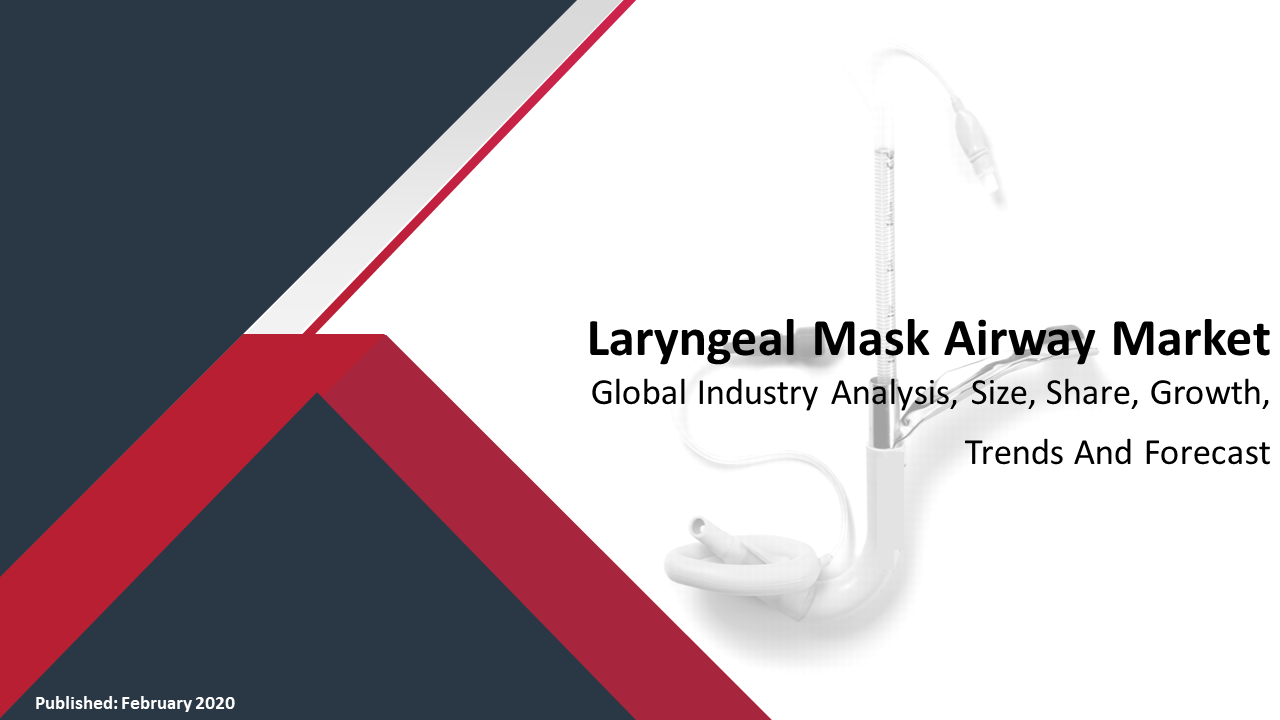The global glucose biosensor market size is projected to expand at a substantial CAGR during the forecast period, 2021–2028. The growth of the market is attributed to the increasing diabetic patients around the world. Diabetes is one of the most commonly occurred disease in world and is a key cause for high mortality rate worldwide.

Glucose biosensors have a wide range of use in manufacturing, the environmental, and biomedical applications. These biosensors are used in clinical medicine to track patients’ glucose levels in order to detect the irregularities of blood pressure and help treat diabetes. Diabetes is a metabolic disease that results in an elevated blood sugar level, which triggers a number of metabolic pathways linked to inflammation and apoptosis. Therefore, diabetic patients must constantly monitor their blood glucose levels in order to prevent complications. Due to simplicity, selectivity, specificity, and direct point-of-care assays, electrochemical biosensors especially those containing glucose oxidase (GOx) are considered to be the preferred devices for determining blood glucose. However, since enzyme immobilization on a solid electrode is inefficient, there are still problems in using enzyme-based glucose biosensors.
Many researchers have used nanomaterials with various structures to solve this issue. Owing to their high surface-area-to-volume ratios, which allow high loading and provide a sensitive microenvironment for stabilizing and preventing the leakage of immobilised enzymes, a variety of nanomaterials are used as glucose biosensors. Some of the common materials are nanoparticles (NPs), nanorods (NRs), nanotubes (NTs), nanowires (NTs), and nanosheets.
Market Trends, Drivers, Restraints, and Opportunities
- Increasing prevalence of diabetes worldwide is expected to boost the demand for self-monitoring portable devices. This is expected to boost the market during the forecast period.
- Increasing public awareness of diabetes as well as preferring early diagnosis and prevention are anticipated to spur the market growth.
- Development of advanced and innovative devices for glucose diagnosis is projected to fuel the market expansion.
- Availability of alternative techniques such as laboratories tests for monitoring the glucose levels is estimated to impede the market growth.
- Increasing investment on R&D by key players for the development of cost-effective, precise, and efficient devices is anticipated to offer lucrative opportunities for the market players.
Scope of the Report
The report on the global glucose biosensor market includes an assessment of the market, trends, segments, and regional markets. Overview and dynamics have also been included in the report.
| Attributes | Details |
| Report Title | Glucose Biosensor Market - Global Industry Analysis, Growth, Share, Size, Trends, and Forecast |
| Base Year | 2020 |
| Historic Data | 2018–2019 |
| Forecast Period | 2021–2028 |
| Segmentation | End-users (Hospitals, Homecare Diagnostics, Research Institutes, Diagnostic Centers, and Clinics) |
| Regional Scope | Asia Pacific, North America, Latin America, Europe, and Middle East & Africa |
| Report Coverage | Company Share, Market Analysis and Size, Competitive Landscape, Growth Factors, and Trends, and Revenue Forecast |
| Key Players Covered in the Report | Abbott; Roche; Medtronic; Bio-Rad Laboratories, Inc.; DuPont; Biosensors International Group, Ltd.; Cytiva; Dexcom, Inc.; Lifescan IP Holdings, LLC; Masimo; Nova Biomedical; and Universal Biosensors |
Market Segment Insights
Homecare diagnostics segment is expected to hold a key market share
Based on end-users, the global glucose biosensor market is segmented into hospitals, homecare diagnostics, research institutes, diagnostic centers, and clinics. The homecare diagnostics segment is expected to hold a key share of the market during the forecast period owing to its portability, easy-to-use, cost-effective, and provides quick results. Point-of-care devices such as hand-held glucose meters are widely used in the homecare diagnostic segment. The rising use of these devices decreases the number of hospital visits and saves a huge amount of money spending in the hospitals or clinics, thereby, boosting the segment growth.

North America is anticipated to dominate the market
On the basis of regions, the glucose biosensor market is classified as Asia Pacific, North America, Latin America, Europe, and Middle East & Africa. North America is anticipated to dominate the market expanding at a healthy CAGR during the forecast period due to increasing prevalence of diabetes and rising adoption of advanced technology in the clinical treatment. Diabetes is expected to be one of the primary causes of illness and death in this region. On the other hand, Asia-Pacific is expected to exhibit a rapid growth rate in the coming years due to increasing prevalence of diabetes in countries such as China and India.
Segments
Segments Covered in the Report
The global glucose biosensor market has been segmented on the basis of
End-users
- Hospitals
- Homecare Diagnostics
- Research Institutes
- Diagnostic Centers
- Clinics
Regions
- Asia Pacific
- North America
- Latin America
- Europe
- Middle East & Africa
Key Players
- Abbott
- Roche
- Medtronic
- Bio-Rad Laboratories, Inc.
- DuPont
- Biosensors International Group, Ltd.
- Cytiva
- Dexcom, Inc.
- Lifescan IP Holdings, LLC
- Masimo
- Nova Biomedical
- Universal Biosensors
Competitive Landscape
Key players competing in the glucose biosensor market are Abbott; Roche; Medtronic; Bio-Rad Laboratories, Inc.; DuPont; Biosensors International Group, Ltd.; Cytiva; Dexcom, Inc.; Lifescan IP Holdings, LLC; Masimo; Nova Biomedical; and Universal Biosensors. In order to ensure competitiveness and growth, the companies are increasingly engaged in new product creation, technical innovations, alliances, joint projects, and collaborations to increase their market position and expand customer base.

























